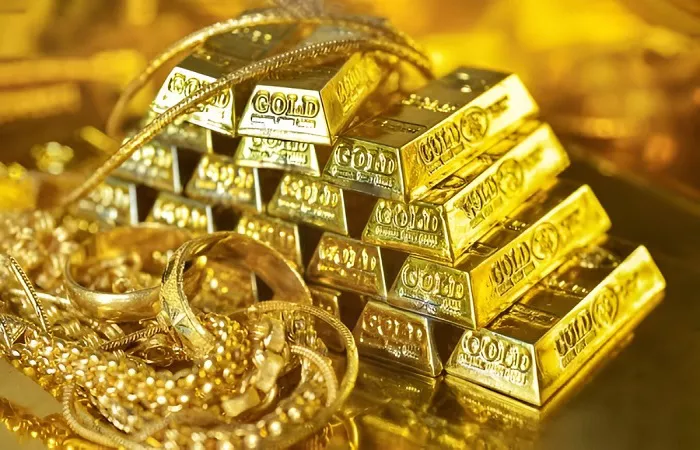Gold prices have soared to record levels following the United States’ announcement of sweeping new tariffs, fueling fears of a global trade war and triggering a rush toward safe-haven assets.
Starting April 5, a base tariff of 10% will be levied on all imports into the US, with additional hikes scheduled for April 9 targeting over 60 countries. Tariff rates will reach 34% for Chinese imports, 46% for Vietnamese goods, and 20% for European products. The aggressive trade measures, announced by President Donald Trump, have heightened investor concerns about potential stagflation in the world’s largest economy.
The announcement coincided with disappointing US economic indicators, including weak manufacturing data and lower-than-expected job creation in late February. As uncertainty grows, investors have increasingly turned away from equities, channeling funds into gold amid fears of financial instability and currency devaluation.
“Gold’s climb past the $3,000 mark reaffirms its status as a safe-haven asset,” said John Reade, market strategist for Asia and Europe at the World Gold Council. “Geopolitical tensions and the trade war are pushing investors to view gold as an essential tool for portfolio diversification. Whether prices remain at these historic levels is uncertain, but gold’s role is clearer than ever.”
Naeem Aslam, chief investment officer at Zaye Capital Markets, echoed the sentiment, stating that while gold has already surged significantly in 2025, further gains are possible. “The market has priced in much of the bad news, limiting the likelihood of sharp declines,” he said. “Still, the trade war remains unresolved, so uncertainties persist. A correction may come, but upward momentum could continue.”
Gold prices reached a new global peak of $3,160 per ounce on April 3, following a brief dip the day before. This marks the 19th all-time high for gold in 2025, with seven of those surpassing the $3,000 threshold. The metal has already gained 18% year-to-date, following a 27% surge in 2024.
In Vietnam, domestic gold prices mirrored global trends. On the morning of April 3 (local time), major retailers such as SJC, PNJ, and DOJI listed gold bars and rings at $4,000 per ounce for buying and $4,110 for selling—a $40 increase from the previous day. Prices now range between $3,985 and $4,100 per ounce, marking the highest domestic levels on record.
Economist Nguyen Tri Hieu attributed the spike in domestic prices to a combination of rising global prices and limited local supply. “The State Bank of Vietnam hasn’t imported gold in recent years, leading to constrained availability,” he noted. “When global prices soar, coupled with supply shortages and fear of missing out, domestic prices are bound to rise. However, investors should be cautious. History shows that after steep climbs—such as during 2008–2009—prices can fall sharply due to profit-taking.”
Hieu called for regulatory revisions to better manage the gold market and facilitate imports to stabilize supply. He also warned against speculative buying, urging investors to avoid unregulated gold trading platforms and to purchase only from licensed, reputable dealers. “Surging prices increase the risk of counterfeit and substandard gold entering the market,” he added.
From a broader economic lens, Dr. Nguyen Quoc Viet of the University of Economics (Vietnam National University) noted that the record-breaking price levels have long been forecast but not adequately addressed. “Some investors are turning to gold as a defensive move amid increasing economic challenges,” he said. “Authorities should act swiftly to ensure market transparency and minimize manipulation.”
As the global trade environment remains volatile, analysts agree that gold’s safe-haven appeal is stronger than ever—though caution and vigilance are essential for both investors and regulators.
Related topics:
- What is the Value of 18K Gold?
- Why Does Gold Price Increase During War?
- What is the Best Price Being Paid for Gold Sovereigns?


